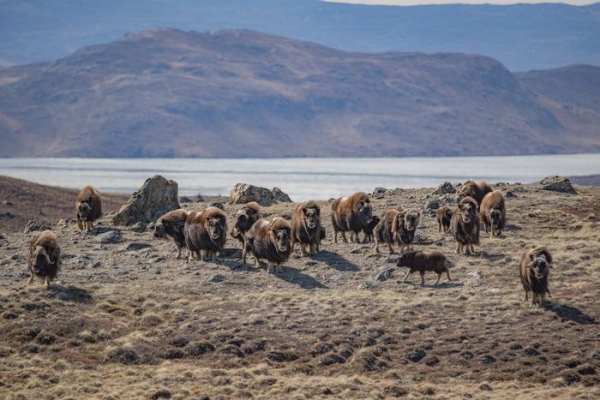The story of Arctic greening has overlooked some main characters. At center stage are climate change and warming temperatures. Meanwhile, large grazing wildlife, such as caribou and muskoxen, also play a key role in the timing and abundance of Arctic plants, according to a study from the University of California, Davis.
The study, published today in the journal PNAS Nexus, highlights the importance of large herbivores to the Arctic ecosystem, linking grazing with plant phenology and abundance in the Arctic tundra.
Phenology is the study of the timing and cyclical patterns in nature, such as when birds migrate, or when a plant first sprouts or blooms. Understanding such patterns is critically important in the Arctic, which is warming faster than anywhere on Earth.
“Caribou and muskoxen play a key role in how soon plants emerge and this translates to how abundant they become,” said lead author Eric Post, a professor and arctic ecologist in the UC Davis Department of Wildlife, Fish and Conservation Biology. “This is an important, and overlooked, factor we need to consider as we seek to more fully understand climate change impacts on tundra vegetation in the Arctic.”
Read more at University of California - Davis
Image: A group of muskoxen gather on the Arctic tundra near Kangerlussuaq, Greenland. (Credit: Jeff Kerby)
Sci/Tech Climate Wildlife Top Stories
